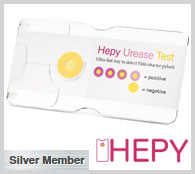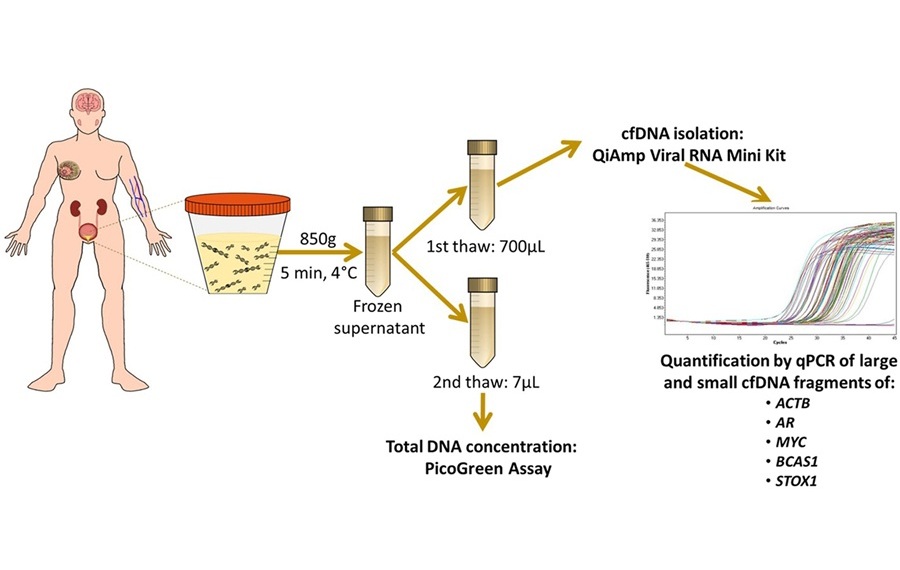World’s First AI-Powered Tool to Transform Type 1 Diabetes Diagnosis and Treatment
Posted on 09 Jun 2025
For years, testing for Type 1 Diabetes (T1D) has relied on symptoms and biomarkers that typically become evident only at the disease’s onset, making early detection difficult. This is particularly concerning because early-onset T1D, especially before age 10, tends to be more aggressive and is linked to a reduction in life expectancy of up to 16 years. Accurately forecasting disease progression could allow clinicians to act earlier. Now, an artificial intelligence (AI)-powered tool is showing promise in assessing T1D risk and predicting how patients will respond to treatments, potentially reshaping how the disease is identified and managed.
An international research team led by Western Sydney University (Penrith, NSW, Australia) has created a novel risk score based on microRNAs—tiny RNA molecules found in blood—that can effectively track the evolving risk of developing T1D. These same microRNA markers also predicted early responses to treatments such as islet cell transplantation and the drug imatinib. Published in Nature Medicine, the study evaluated molecular data from 5,983 samples collected from participants in Australia, Canada, Denmark, Hong Kong SAR China, India, New Zealand, and the USA. This led to the development of a Dynamic Risk Score (DRS4C) capable of identifying individuals as either having or not having T1D.

Using AI, the team further refined the risk score, which was validated with data from 662 additional participants. Remarkably, just one hour after therapy, the tool could predict which T1D patients would remain insulin-independent. The same microRNA profile also distinguished between responders and non-responders to the T1D drug therapy before treatment even began. Aside from gauging T1D risk and treatment effectiveness, the risk score may also help differentiate between T1D and Type 2 Diabetes (T2D)—a diagnostic challenge, especially in adults. A sub-analysis highlighted the tool’s potential to classify T2D individuals apart from those with T1D, an area the researchers plan to explore further, as many adult-onset T1D cases are often misdiagnosed as T2D.
“Genetic markers identify lifelong risk, it’s like knowing you live in a flood zone, but dynamic risk scores offer a real-time check on the rising water levels; it reflects current risk rather than a lifelong sentence, allowing for timely and adaptive monitoring without stigma,” said lead researcher Dr. Mugdha Joglekar at the Western Sydney University.














